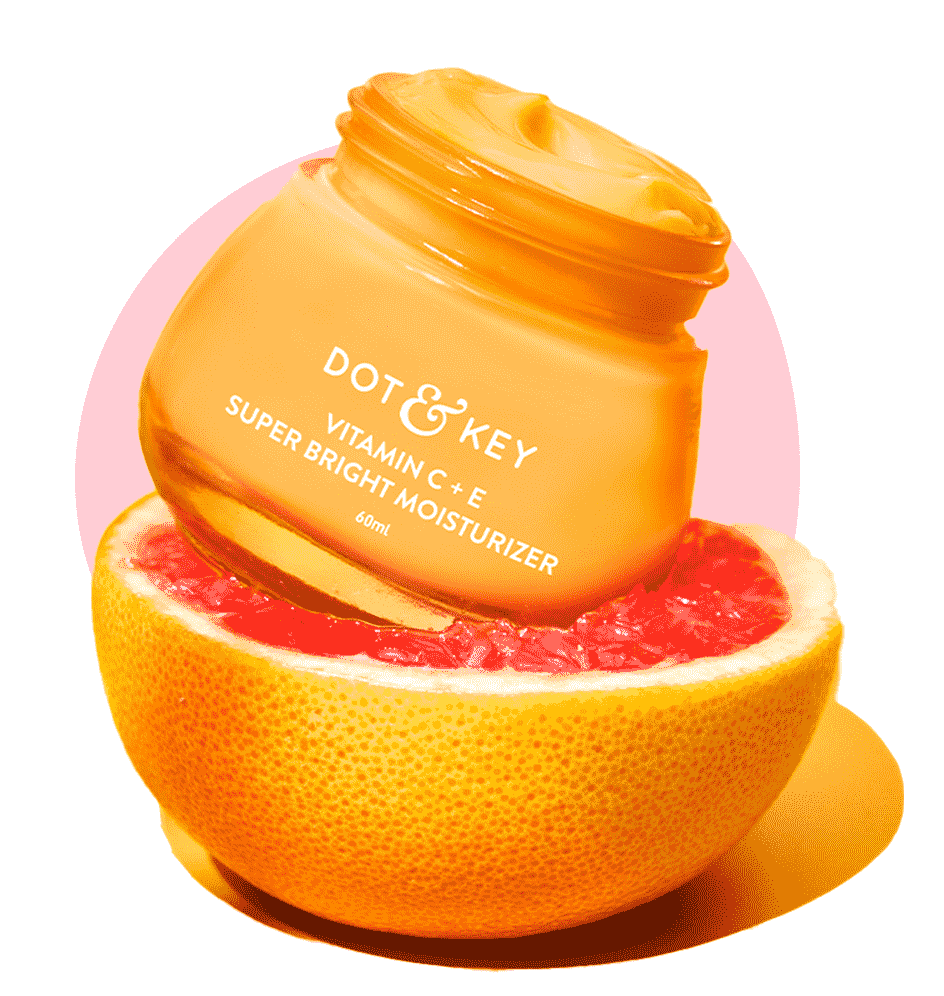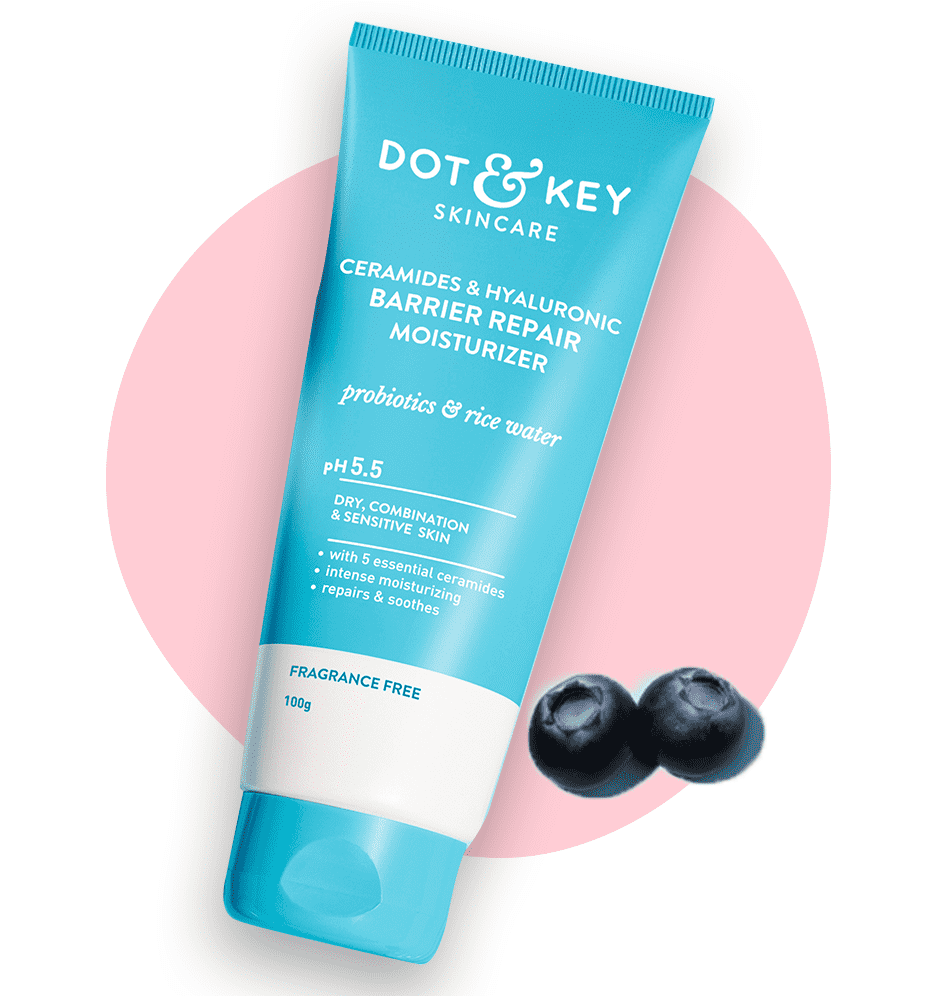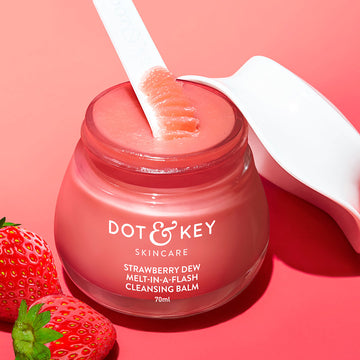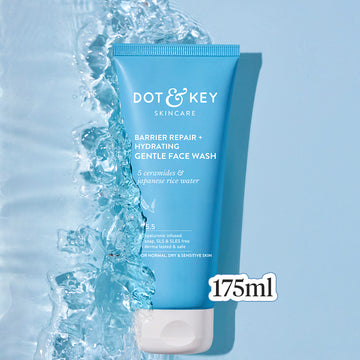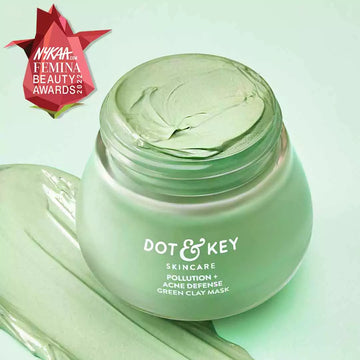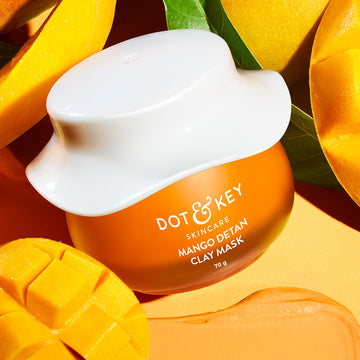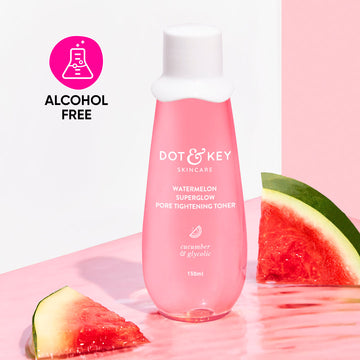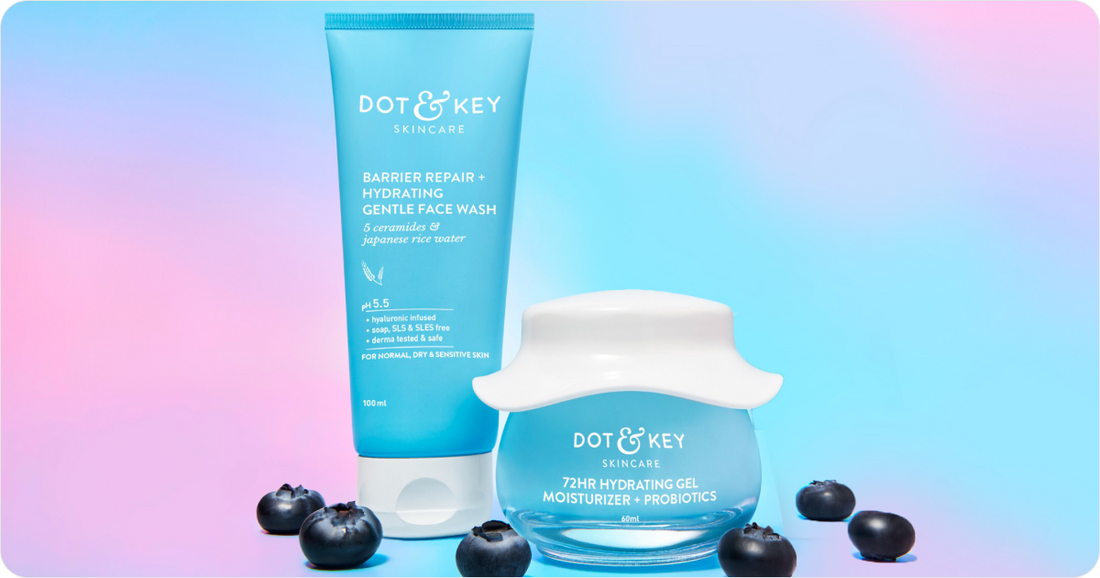
Caring for combination skin can feel like balancing two skin types in one—oily in some areas and dry in others. This makes finding the right night skincare routine a bit tricky. However, with the right approach, you can keep your skin healthy and balanced while addressing the specific needs of both your oily and dry zones. In this blog, we’ll explore the causes of combination skin and guide you through a night skincare routine tailored to combination skin types.
What Causes Combination Skin?
Combination skin is characterized by an oily T-zone (forehead, nose, and chin) and dry or normal skin on the cheeks. This mix of oily and dry areas can make skincare challenging, as products that work for one part of the face may not suit the other. The causes of combination skin are varied, and understanding them can help you manage it effectively.
Key Causes of Combination Skin:
-
Genetics: Genetics play a significant role in determining your skin type. If your family has a history of combination skin, it’s likely that you will experience similar issues. A study published in the Journal of Dermatology highlights that genetic factors can influence sebum production and skin hydration levels, leading to combination skin.
-
Hormonal Changes: Hormonal fluctuations, especially during puberty, menstruation, pregnancy, or menopause, can trigger changes in sebum production, resulting in combination skin. Increased oil production in the T-zone is often linked to hormonal activity. Studies show that androgens, such as testosterone, increase sebum production in certain areas of the face.
-
Environmental Factors: Weather changes and environmental factors can also influence combination skin. Hot, humid climates can make the oily areas oilier, while cold, dry weather can make the dry areas drier. Environmental stressors like pollution can further contribute to uneven skin behaviour.
-
Inappropriate Skin Care Products: Using the wrong skincare products can exacerbate combination skin. Harsh cleansers or oil-heavy moisturizers can disrupt the skin’s balance, causing the oily areas to become oilier and the dry areas to become even drier. It’s important to use products that are designed specifically for combination skin to keep it balanced.
Step-by-Step Night Skin Care Routine for Combination Skin
Step 1: Makeup Removal
Removing makeup is a crucial first step in any night skincare routine. Leaving makeup on overnight can clog pores, especially in oily areas, and lead to breakouts or skin irritation. For combination skin, choose a gentle cleansing balm that can effectively remove makeup without leaving a greasy residue or stripping the skin of moisture.
How to Do It:
- Use gentle cleansing balm to melt away daily makeup, such as Dot & Key’s Strawberry Dew Cleansing Balm.
- Massage onto dry skin, focusing on areas where you tend to get oily, such as the T-zone.
- Add water to emulsify & rinse off thoroughly with zero residue
- Make sure to remove all traces of makeup, especially from your eyes and lips.
- Be careful not to rub too hard.
Step 2: Cleanser
Cleansing is essential to remove dirt, oil, and impurities from the skin. For combination skin, it’s important to use a cleanser that can clean the oily areas without over-drying the dry zones. A gentle, gel-based cleanser can remove excess oil while keeping the skin balanced. Research published in The Journal of Clinical and Aesthetic Dermatology suggests that mild, hydrating cleansers are ideal for combination skin to avoid disrupting the skin's natural moisture barrier.How to Do It:
- Wet your face with lukewarm water.
- Squeeze out a small amount & apply a gentle, sulfate-free cleanser, like Dot & Key's Hydrating Gel Facewash.
- Gently massage in circular motions for 20 seconds, focusing on your T-zone.
- Rinse thoroughly and pat dry with a clean towel.
Step 3: Exfoliation (1-2 times a week)
Exfoliation helps remove dead skin cells, clear clogged pores, and promote smoother skin. However, for combination skin, it’s important not to over-exfoliate, as this can irritate dry areas and increase oil production in the T-zone. Choose a gentle exfoliant, such as a mild chemical exfoliant like salicylic acid, which helps unclog pores without being too harsh.
How to Do It:
- Use a non-drying clay mask, like Dot & Key’s Cica Salicylic Green Clay Mask, 1-2 times a week.
- Scoop out a generous amount
- Apply evenly on a clean face, focusing on the oily areas where pores tend to get clogged.
- Leave it on for 10 minutes
- Rinse it off with lukewarm water
- Avoid using exfoliating scrubs, as they can irritate sensitive areas.
Step 4: Toner
Toning helps to balance your skin’s pH levels and prepares your skin for the next steps in your routine. For combination skin, an alcohol-free toner is essential to hydrate the dry areas without stripping the oily zones. Look for toners with hydrating ingredients like watermelon + glycolic that gently exfoliate & unclog pores of excess oil. Studies show that toners with these ingredients help maintain skin balance and reduce inflammation.
How to Do It:
- After cleansing, apply the toner to a cotton pad or use your hands.
- Pat gently on your face & neck, paying extra attention to the dry areas like the cheeks.
- Let it absorb before moving to the next step.
Step 5: Serum
Serums are concentrated treatments that target specific skin concerns. For combination skin, a serum with hydrating and balancing ingredients is ideal. Serums containing glycolic acid gently exfoliate dead skin cells & watermelon helps control excess oil while providing hydration to dry areas. A study from Clinical Dermatology highlights glycolic acid’s benefits for improving uneven skin texture & maintaining the skin's natural ability to retain hydration while reducing oiliness.
How to Do It:
- Apply a few drops of Dot & Key's 10% Glycolic Serum, onto your face.
- Gently press it into your skin, focusing on both oily and dry areas.
- Allow it to fully absorb before moving to the next step.
Step 6: Moisturizer
Moisturizing is essential, even for combination skin. A lightweight, oil-free moisturizer infused with hyaluronic acid that hydrates skin without clogging pores is ideal. Gel-based moisturizers work well as they hydrate the dry areas while controlling excess oil.
How to Do It:
- Apply a lightweight moisturizer, such as Dot & Key’s 72HR Hydrating Gel Moisturizer.
- Gently massage it into your face, focusing on the drier areas, but ensuring even coverage on the oily parts as well.
- Massage gently in an upward motion.
- Allow the moisturizer to fully absorb before applying any treatment products.
Step 7: Treatment (Optional)
If you have specific skin concerns such as acne, hyperpigmentation, or dark spots, applying a treatment product can help address these issues. For combination skin, spot treatments for acne or oil control should be applied sparingly to the affected areas, while hydrating treatments can be applied to dry patches.
How to Do It:
- Apply a small amount of your treatment product like Dot & Key’s Cica Spot Correction Gel to the affected areas (e.g., acne treatment on the T-zone or hydrating treatment on dry patches).
- Gently pat it in and let it absorb before moving on to the next step.
Step 8: Eye Cream
The skin around your eyes is thinner and more sensitive than the rest of your face, making it more prone to dryness and irritation. Using an eye cream specifically formulated for sensitive skin can help hydrate and protect this delicate area. Look for ingredients like hyaluronic acid, peptides, or caffeine to reduce puffiness and soothe the skin.
How to Do It:
- Apply a small amount of eye cream, like Dot & Key’s Retinol Eye Cream, around the eye contour.
- Massage gently with the built-in metal applicator. Dab the excess with your fingertips.
- Be careful not to rub or tug at the delicate skin around your eyes.
Step 9: Lip Balm or Lip Mask
Your lips deserve a little nighttime TLC! End your routine with a rich lip balm or lip mask to deeply nourish and hydrate overnight. Look for ingredients like ceramides, peptides, shea butter, and avocado oil to restore moisture and repair any dryness or cracks while you sleep.
How to Do It:
- Apply a generous layer of lip balm or a specialized lip mask as the final step of your skincare routine for overnight hydration and repair.
Pro Tip: For an ultra-soft pout by morning, try a lip mask with intensive hydration benefits—it works wonders to plump and smooth your lips while you rest!
FAQs
-
What type of cleanser should I use at night for combination skin?
Use a gentle, gel-based or foaming cleanser that removes excess oil from your T-zone without drying out the drier areas like your cheeks. Look for a balanced formula with hydrating and oil-control ingredients.
-
Should I use different products on the oily and dry areas of my face?
It’s not necessary to use completely different products, but you can tailor your routine by using lightweight moisturizers in the oily areas and more hydrating products on the drier parts of your skin.
-
How often should I exfoliate combination skin at night?
Exfoliate 2-3 times a week with a mild exfoliant like salicylic acid or lactic acid. Focus on the T-zone where pores may be clogged, but be gentle on the dry areas to avoid irritation.
-
What type of moisturizer is best for combination skin at night?
Choose a lightweight, oil-free moisturizer that hydrates the dry areas while balancing oil production in the oily zones. Gel-based or non-comedogenic moisturizers work well for combination skin.
-
Can I use treatments like retinol or serums on combination skin at night?
Yes, combination skin can benefit from treatments like retinol or niacinamide. Apply serums or moisturizers infused with retinol or peptides sparingly, focusing on areas where they’re needed (like anti-ageing for the entire face or spot treatments for breakouts in oily zones).







